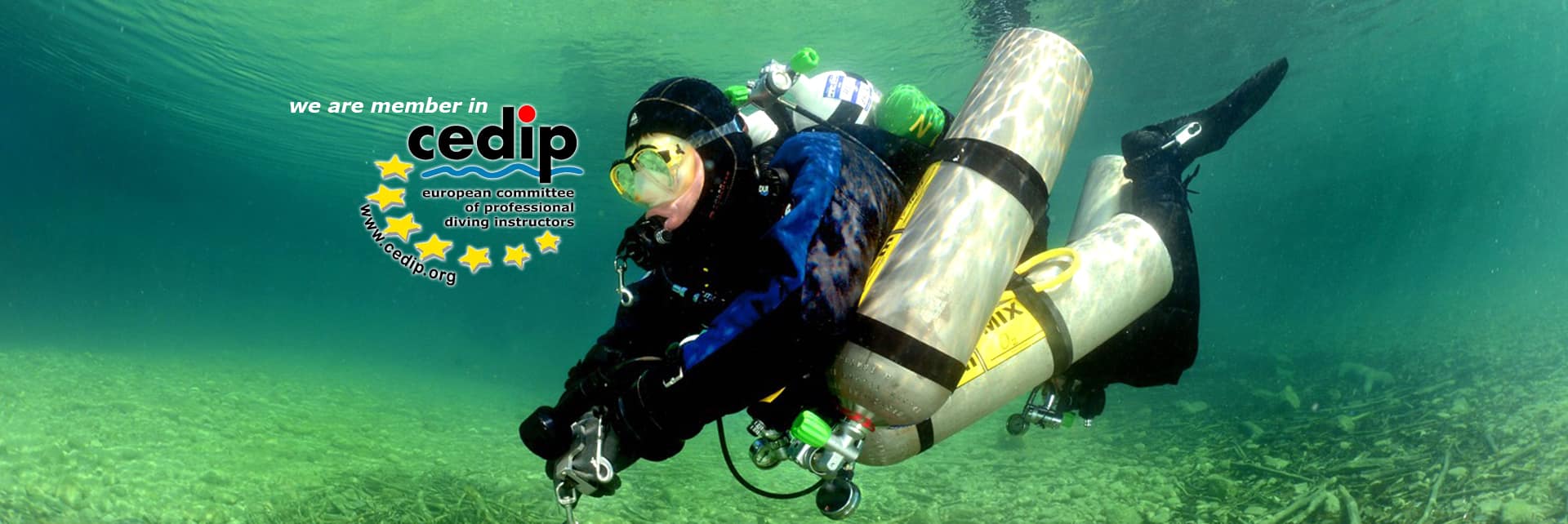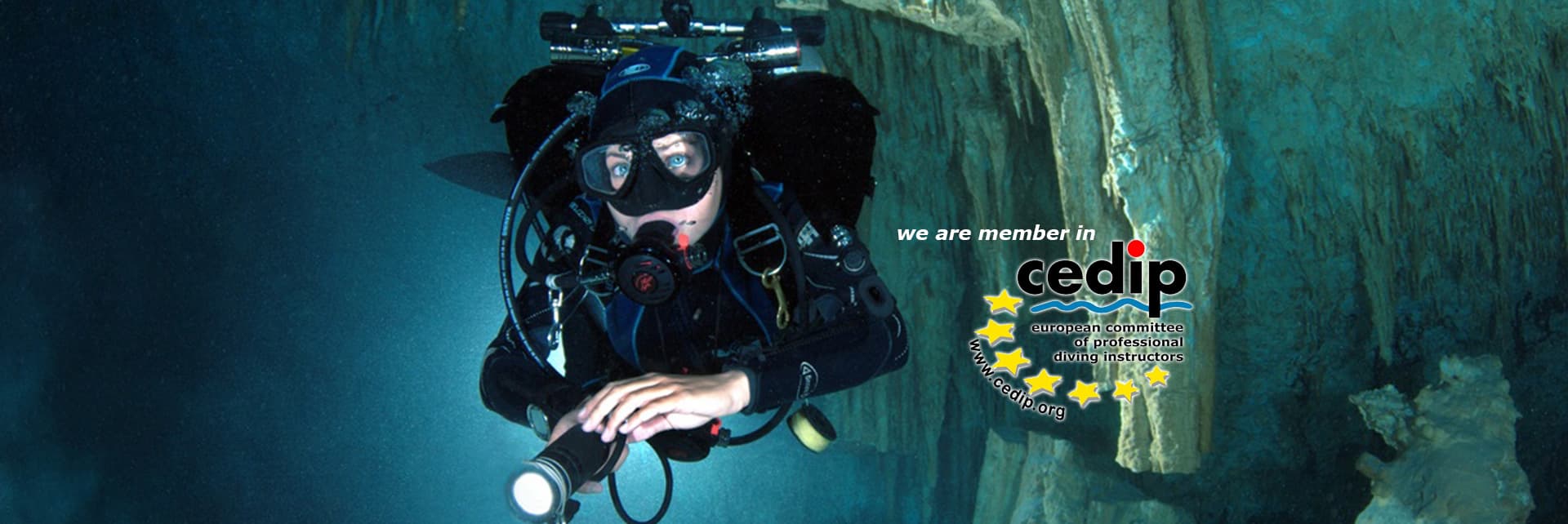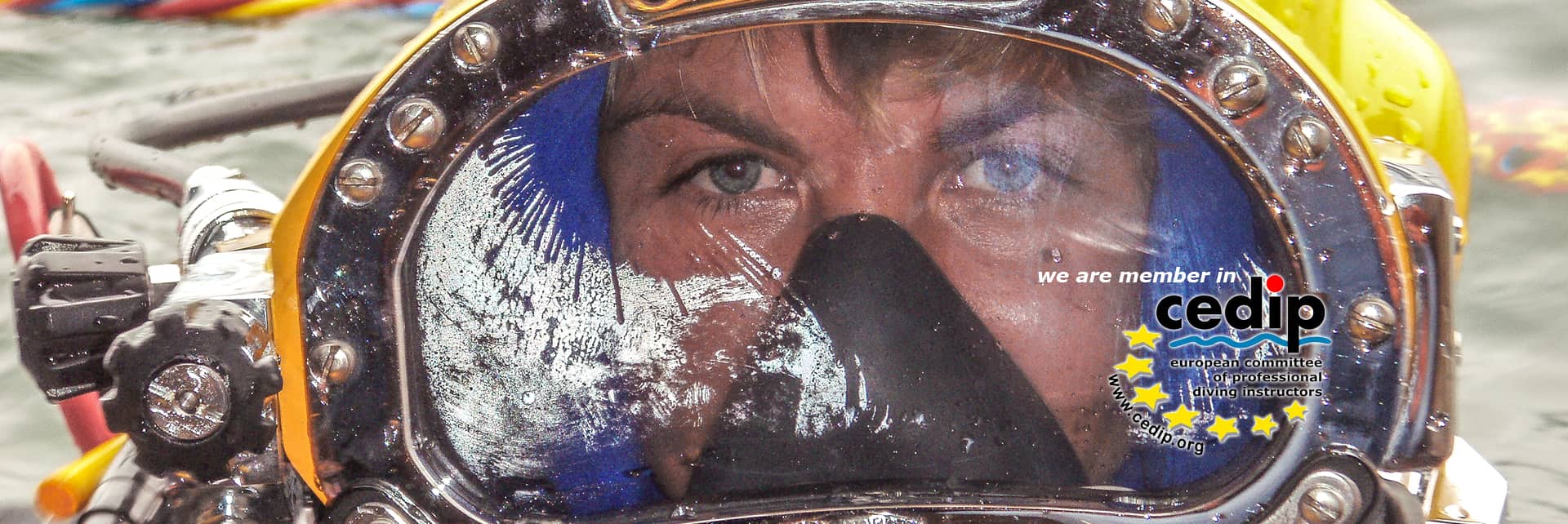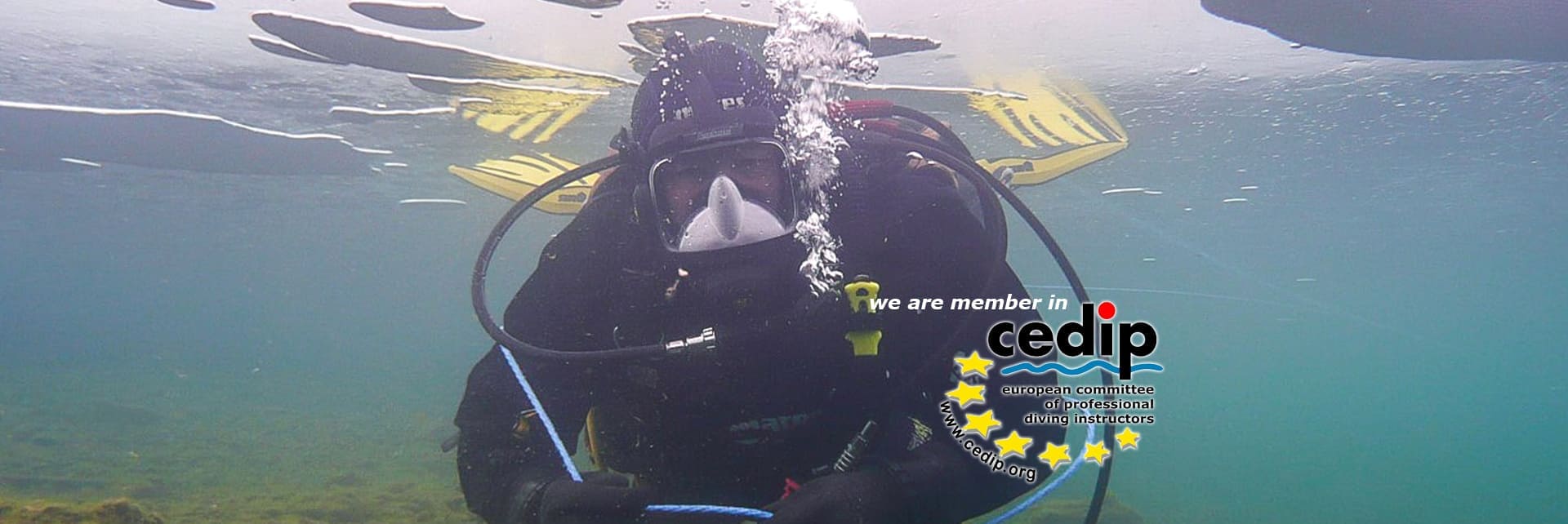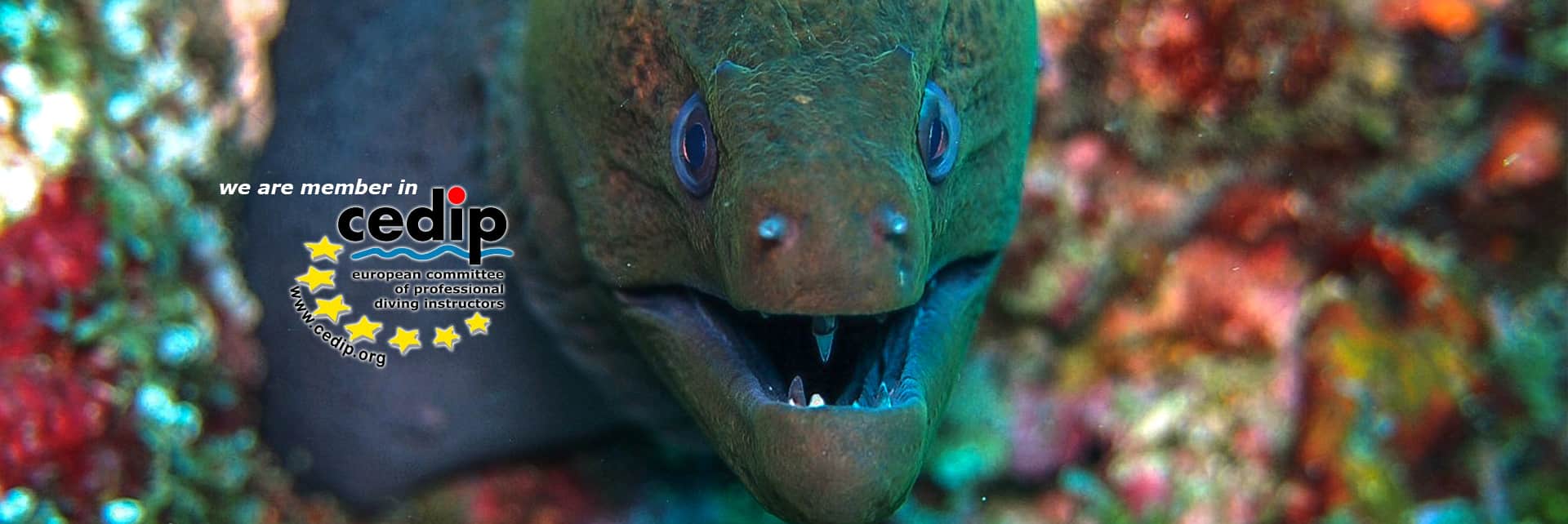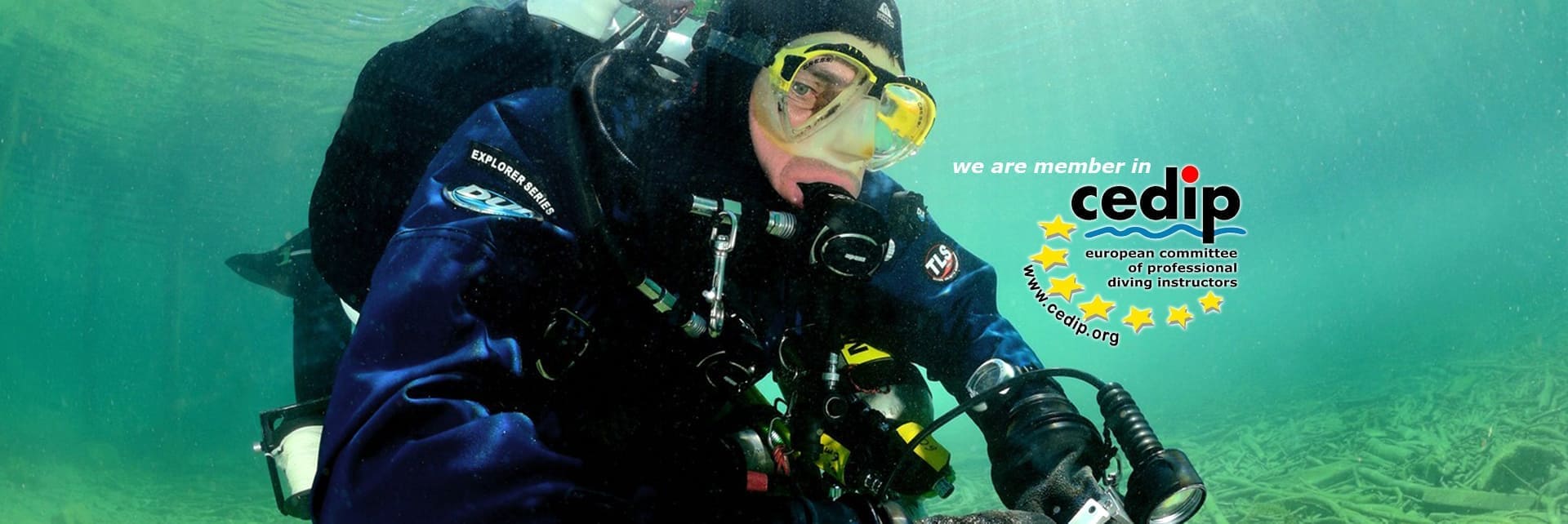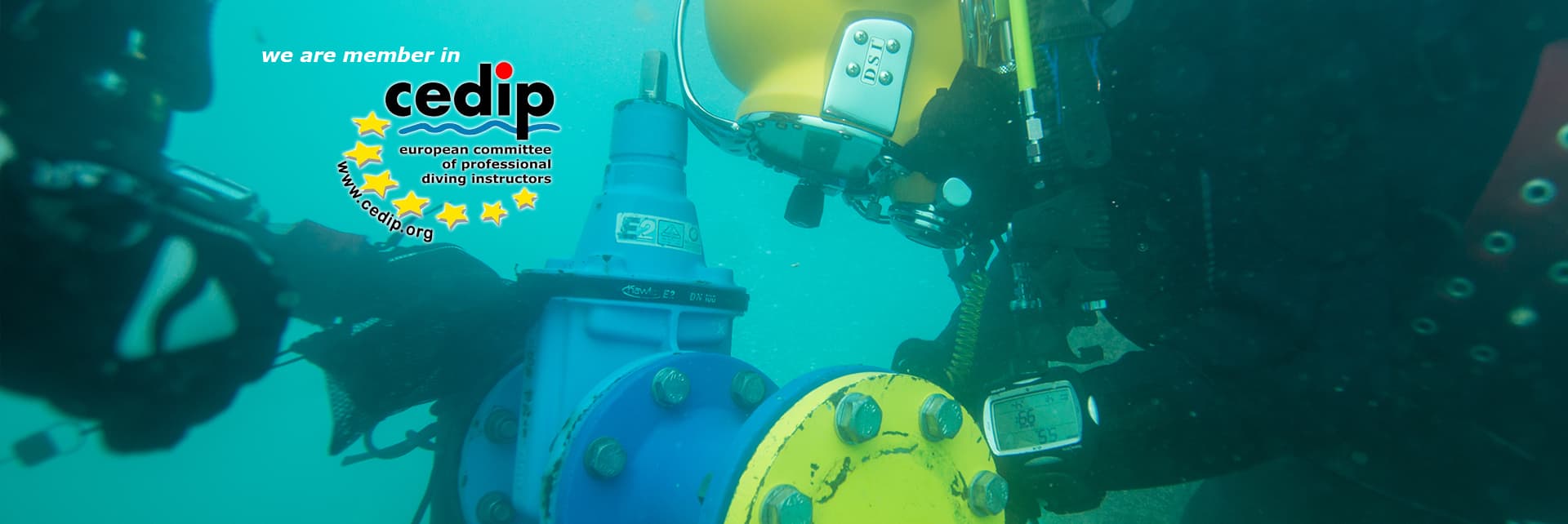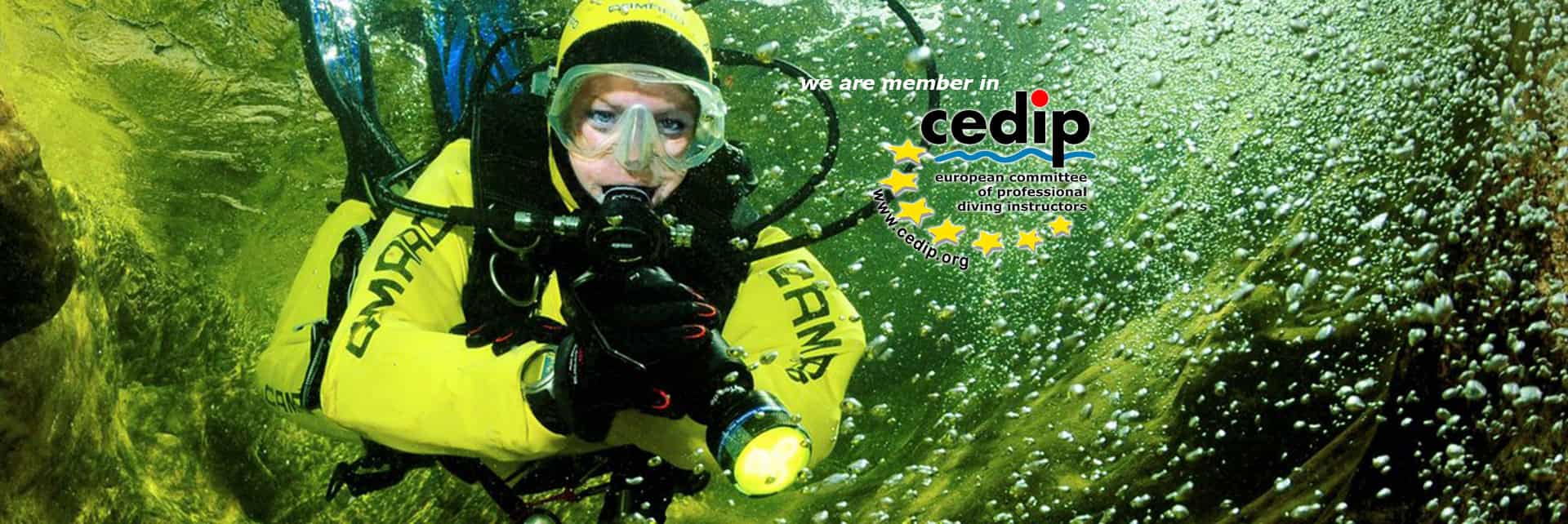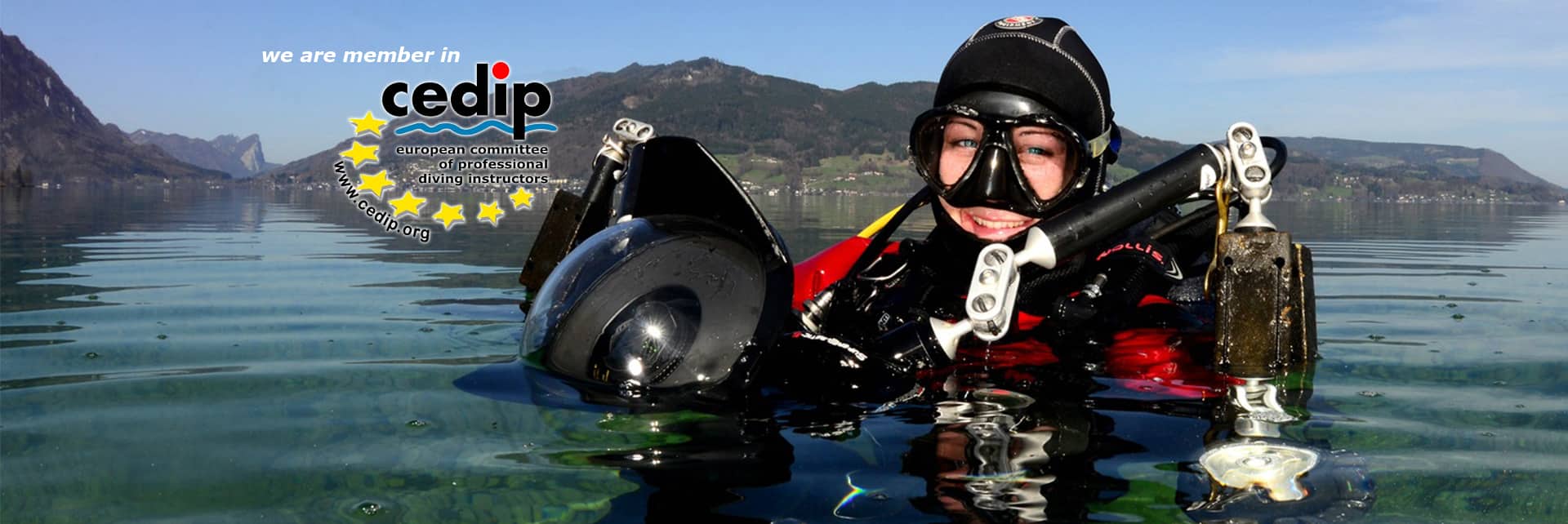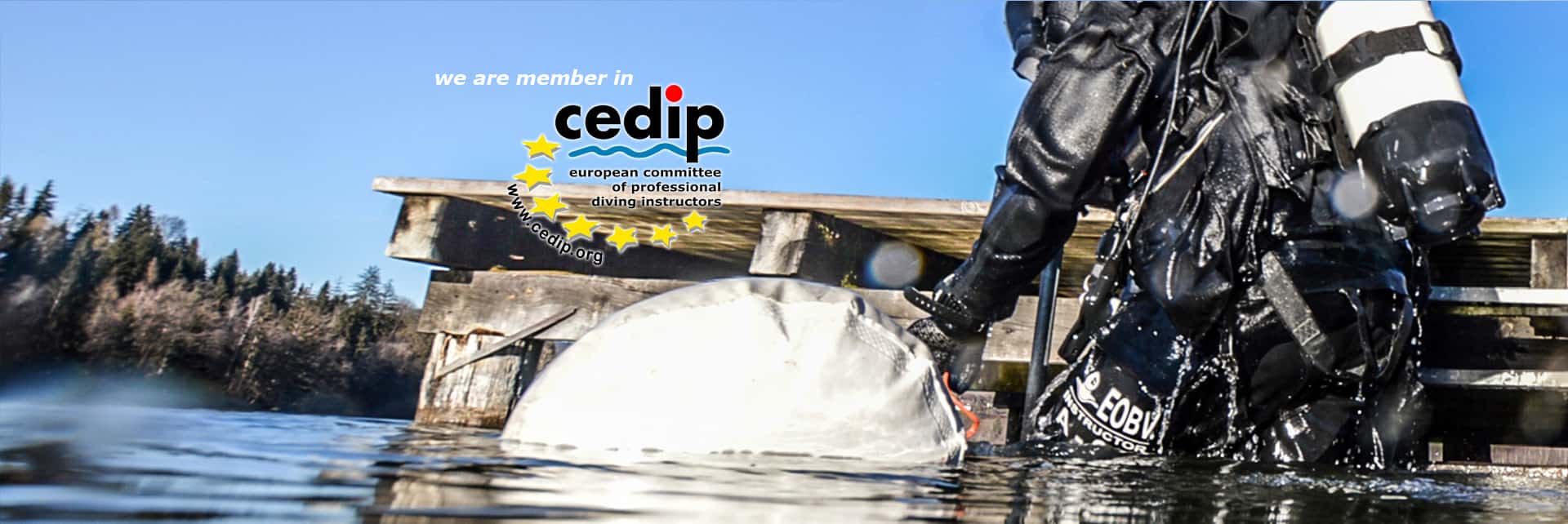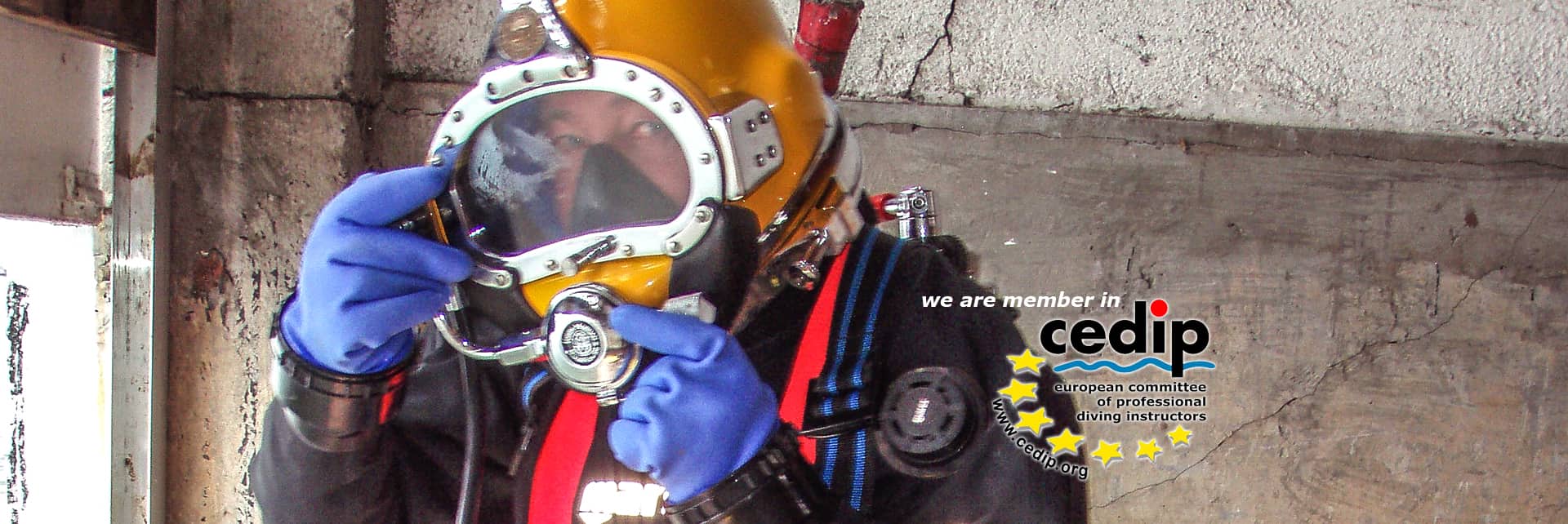see underwater
The human eye is adapted to the medium of air. If we open our eyes under water, we see blurred. The reason for this is the different densities of air and water. The light at the interface between water and cornea is not refracted in the same way as at the transition from air to the cornea. In order to be able to see clearly under water, we use diving masks, which create an air space between the water and the eye. Through the goggles, objects in the water appear 1/3 larger and 1/4 closer, which is due to the greater optical density of water compared to air. An oblique view through the diving goggles further intensifies the optical illusion.
The same effect of apparent change underwater can be observed when viewing an object from the water surface. This appears larger and closer to us than it actually is. If you change the viewing angle, for example by crouching down, the light rays hit the water surface at a more acute angle. This apparently also changes the position of the object.
With increasing water depth, the brightness and the perceivable range of colors decrease due to the water density and turbidity. Since light is reflected and refracted on the surface, absorbed and scattered in the water, red is only visible to depths of 5 – 8 m, while yellow only disappears after about 30 m, green about 50 m and blue about 60 m . In order to be able to perceive the full range of colors under water, you need artificial light even at relatively shallow depths.
People with low levels of myopia may benefit from some correction of their ametropia due to the magnification effect of diving. It should be noted, however, that natural blurring in the area is also increased and vision therefore only improves at close range.
However, good vision is required for divers both above and below water. Therefore, not only the “natural correction” of myopia must be taken into account, which can make it easier to read instruments or a camera display underwater, but it must also be possible to view a ship or an exit at a distance on the water surface without any problems detect. In the case of ametropia, a complete correction should therefore always be aimed for. This is possible with the help of optical glasses that are inserted into the mask, or with the help of contact lenses. The advantages and disadvantages of the visual aids must be weighed against each other when making the selection.
